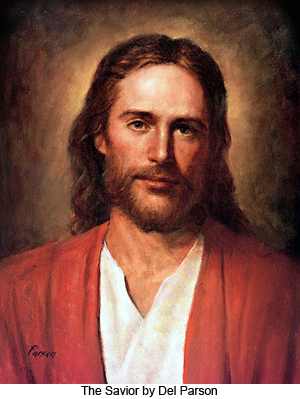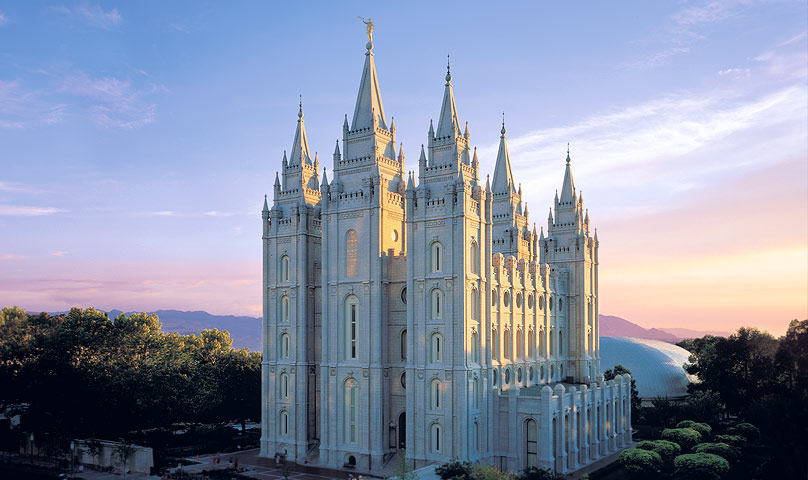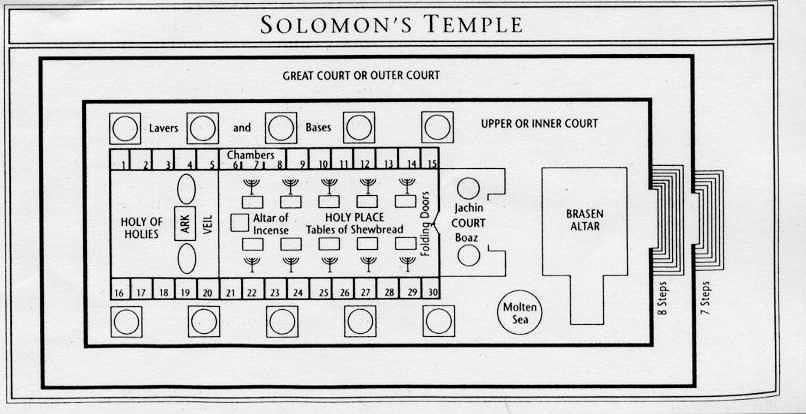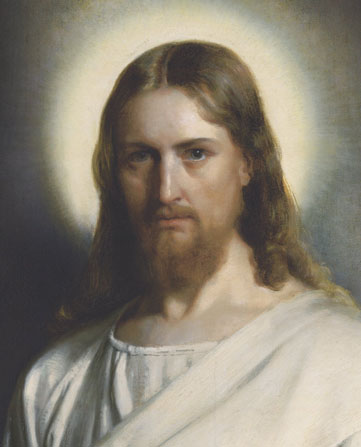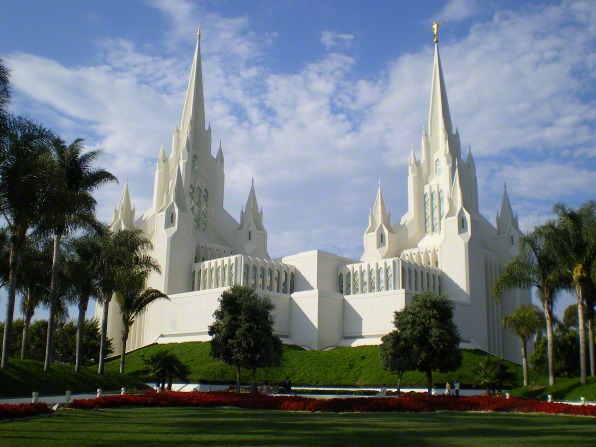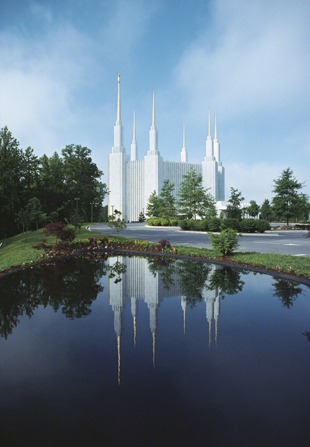Yeah. There can very easily be diversity within uniformity. Heck, while I was looking for other examples of the "Christ Pantocrator/Christ the Savior of the World" type of icons, I even found a Russian one where Christ appeared to be sad.
Well, the point of a Bible movie is to show physical, historical events, so live action for a Bible movie is just fine (though I did quite enjoy Disney's animated version of the Exodus story), while the purpose of an icon is to show a spiritual reality. The two have different functions.
Not exactly.
Eastern Orthodox Church - Wikipedia, the free encyclopedia
We ARE the "Orthodox Catholic Church," but on the other hand, we deny that the Roman Catholic Church is really Catholic in the truest sense of the word (don't get caught up in the semantics too much; at this stage in the game, it might make your head hurt

) For convenience's sake, just keep in mind that the Orthodox Church is totally separate from the Roman Catholic Church.
The reason that the Roman Catholics split off from the Orthodox Church was because the Roman Popes thought they were the supreme rulers of the entire Church, an idea which completely flew in the face of 1000 years of history. By elevating the Pope to the head of the Church, and then dogmatizing that idea in the 1870's. I could be mistaken about the exact Catholic understanding of the supremacy of the Pope, but suffice it to say that the supremacy of one bishop over every other bishop was a completely foreign idea to the Church for over a thousand years, and still is foreign to both Eastern Orthodox and Oriental Orthodox ears. There were other theological differences between East and West, but the biggest bone of contention was the role of the Pope. The Romans claimed more power for the Pope than what he had a right to, and they separated themselves from the Church in doing so.
(Despite what Wikipedia might say, I and many others, both Eastern and Oriental Orthodox alike, consider our two churches to be one big Orthodox Church, but we're unfortunately and temporarily divided due to some silly misunderstandings and a lot of historical awkwardness. We are working on official reunion though!)
You might find this bit on Orthodox ecclesiology from the above Wiki article useful in answering your question:
The Orthodox Church considers
Jesus Christ to be the head of the Church and the Church to be His body. Thus, despite widely held popular belief outside the Orthodox cultures, there is not one bishop at the head of the Orthodox Church; references to the
Patriarch of Constantinople as a leader equivalent or comparable to a pope in the Roman Catholic Church are mistaken.
Gothic style cathedral, but a lot more white.

I can see what you mean. Very impressive!
Though, I would still insist that Del Parson's depiction of Christ draws heavily from Orthodox iconography (which both the Western/Roman Church and the Eastern Churches held in common for a thousand years before we unfortunately parted ways).



